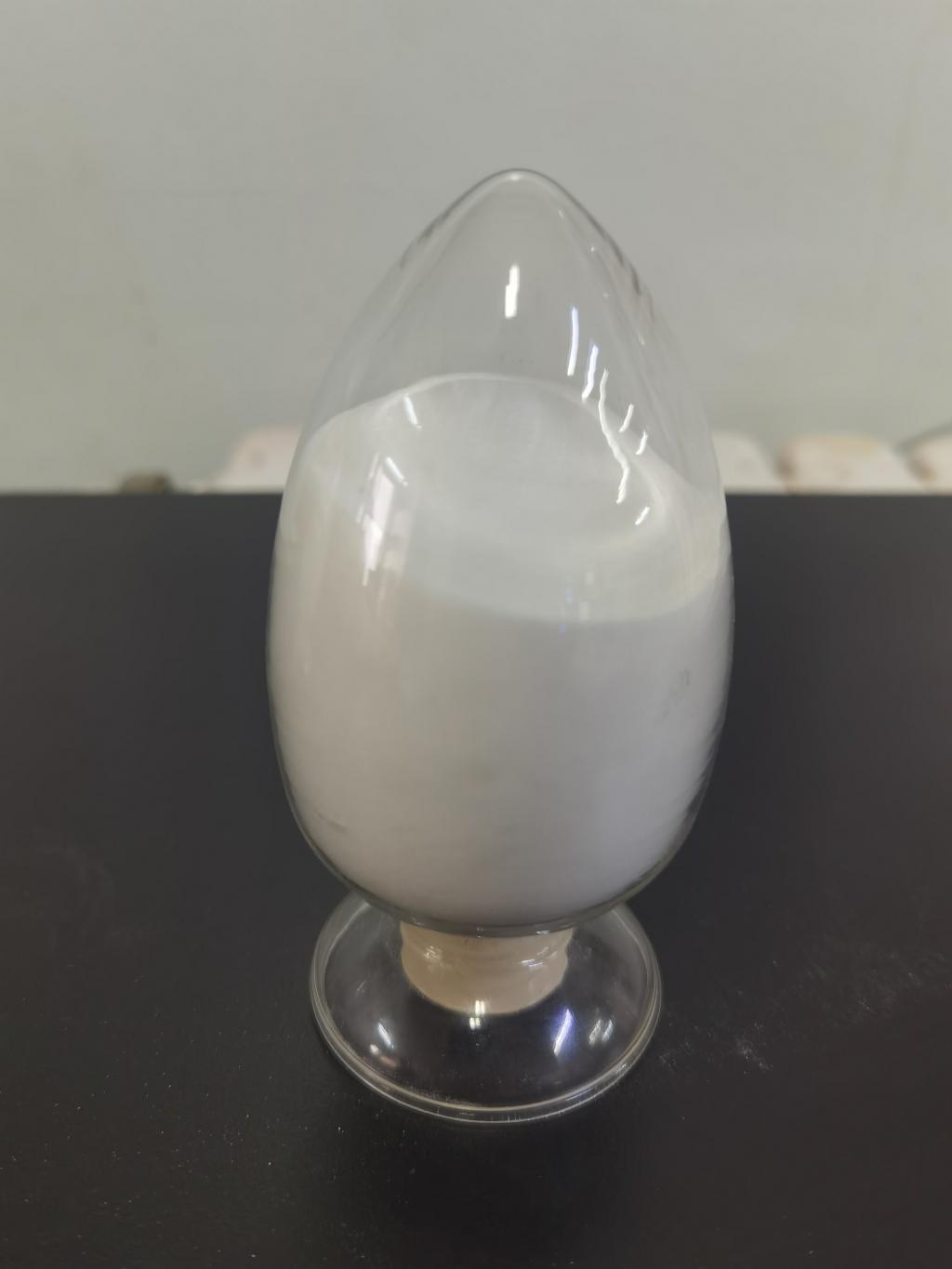Tel:+8618231198596

News
 CONTACT
CONTACT
 CONTACT
CONTACT
- Linkman:Linda Yao
- Tel: +8618231198596
- Email:linda.yao@dcpharma.cn
- Linkman:CHARLES.WANG
- Department:Overseas
- Tel: 0086 0311-85537378 0086 0311-85539701
News
Current Position:
Home >
News
>Investigating the long-term effects of ε-Polylysine hydrochloride in food systems.
Investigating the long-term effects of ε-Polylysine hydrochloride in food systems.
TIME:2024-05-07
Understanding Microbial Ecology in Food Systems:
Microbial ecology refers to the study of the interactions between microorganisms and their environment, including food systems. In food systems, microbial ecology plays a crucial role in determining the stability, safety, and quality of food products. The microbial community present in food systems is influenced by various factors, including food composition, processing methods, storage conditions, and the presence of antimicrobial agents. Changes in microbial ecology can impact food safety, shelf life, and sensory attributes.
Role of ε-Polylysine Hydrochloride in Food Systems:
ε-Polylysine hydrochloride is a naturally occurring antimicrobial compound derived from Streptomyces albulus. It is approved for use as a food preservative and has been used to inhibit the growth of bacteria, molds, and yeasts in various food products. ε-Polylysine hydrochloride works by disrupting microbial cell membranes, leading to cell death and inhibition of microbial growth. Its broad-spectrum antimicrobial activity makes it an attractive option for controlling microbial growth in food systems.
Short-Term Effects of ε-Polylysine Hydrochloride:
Studies have shown that ε-Polylysine hydrochloride is effective in controlling microbial growth and extending the shelf life of food products in the short term. It has been used successfully in a variety of food products, including meats, dairy products, baked goods, and beverages, to inhibit the growth of spoilage microorganisms and pathogens. However, the long-term effects of ε-Polylysine hydrochloride on microbial ecology in food systems are not well understood.
Potential Long-Term Effects on Microbial Ecology:
There are several potential long-term effects of ε-Polylysine hydrochloride on microbial ecology in food systems that warrant investigation:
Microbial Adaptation: Prolonged exposure to ε-Polylysine hydrochloride may lead to the development of resistance mechanisms in microorganisms, potentially altering the composition and diversity of the microbial community in food systems.
Ecological Imbalance: Changes in the microbial community structure due to ε-Polylysine hydrochloride use may disrupt ecological balance and interactions between microorganisms, potentially affecting food safety, fermentation processes, and product quality.
Impact on Beneficial Microorganisms: ε-Polylysine hydrochloride may not only inhibit harmful microorganisms but also affect beneficial microorganisms present in food systems, such as probiotic bacteria and starter cultures used in fermentation processes.
Implications for Food Safety and Sustainability:
The long-term effects of ε-Polylysine hydrochloride on microbial ecology in food systems have important implications for food safety and sustainability:
Food Safety: Changes in microbial ecology resulting from ε-Polylysine hydrochloride use may affect the safety of food products by altering the prevalence of pathogenic and spoilage microorganisms.
Sustainability: Understanding the long-term effects of ε-Polylysine hydrochloride on microbial ecology is essential for ensuring the sustainability of food systems by minimizing unintended consequences and promoting ecological balance.
Challenges and Considerations:
There are several challenges and considerations associated with investigating the long-term effects of ε-Polylysine hydrochloride on microbial ecology in food systems:
Complexity of Microbial Communities: Food systems harbor diverse microbial communities that interact with each other and their environment in complex ways, making it challenging to predict the long-term effects of antimicrobial agents.
Experimental Design: Long-term studies are needed to assess the effects of ε-Polylysine hydrochloride on microbial ecology in food systems under realistic conditions, taking into account factors such as food composition, processing methods, and storage conditions.
Regulatory Considerations: Regulatory agencies may require evidence of the long-term safety and efficacy of ε-Polylysine hydrochloride in food systems before approving its use for commercial applications.
Conclusion:
Investigating the long-term effects of ε-Polylysine hydrochloride on microbial ecology in food systems is essential for understanding its impact on food safety, quality, and sustainability. By elucidating the complex interactions between ε-Polylysine hydrochloride and microbial communities in food systems, researchers can develop strategies to minimize unintended consequences and promote the safe and sustainable use of antimicrobial agents in food production. Continued research in this area will contribute to the development of evidence-based approaches for preserving food quality and safety while minimizing environmental impact.
- Tel:+8618231198596
- Whatsapp:18231198596
- Chat With Skype







